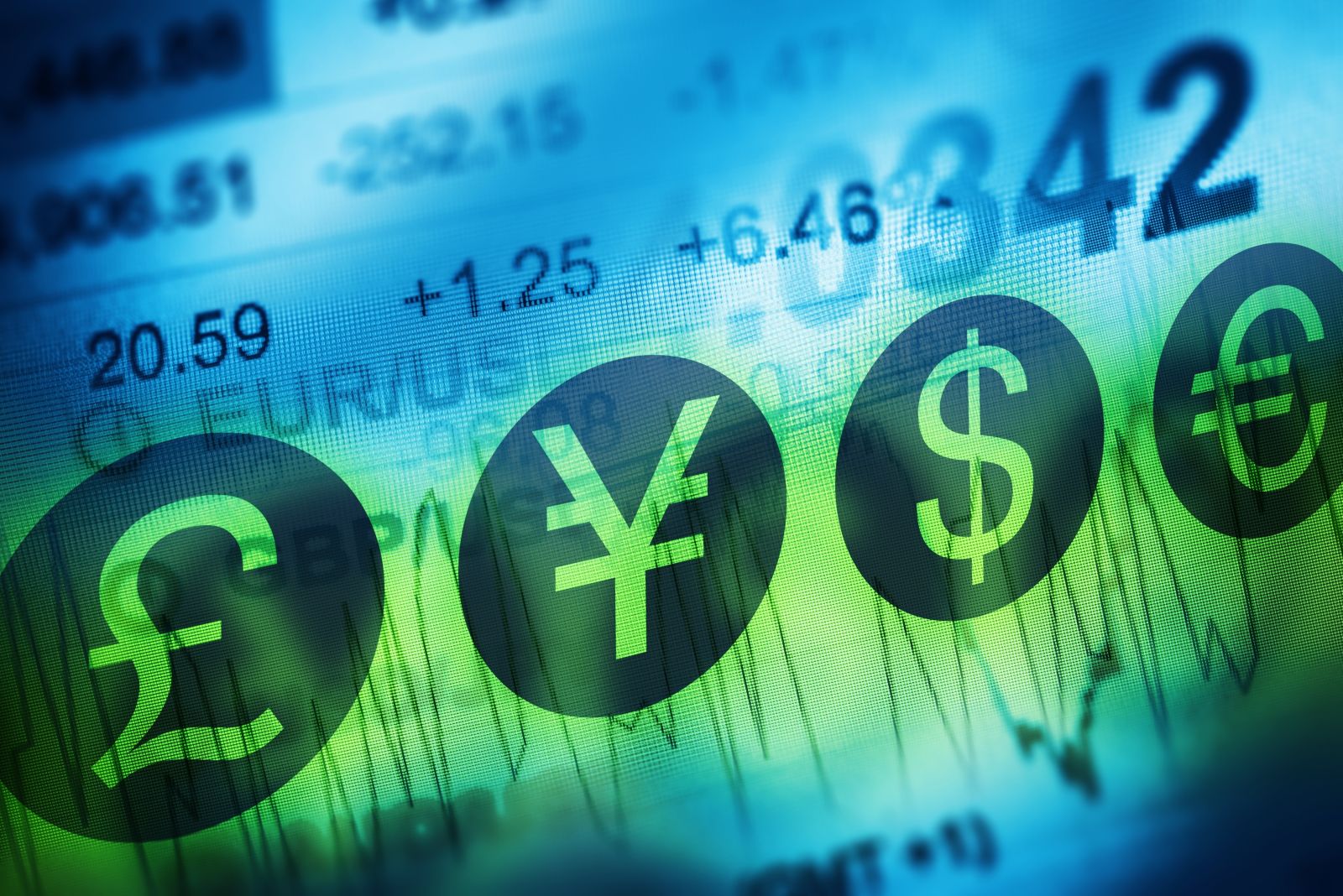Dollar Pressured by Expectations of a More Dovish Fed

The dollar index (DXY00) on Friday fell by -0.20%. The dollar moved lower on Friday but remained above Thursday's 1.5-week low. The dollar was under pressure after President Trump late Thursday nominated Stephen Miran to be a temporary replacement for Adrianna Kugler as Fed Governor. Miran is currently chairman of the Council of Economic Advisors and is seen as dovish and supporting President Trump's calls for lower interest rates.
The dollar Friday was also undercut by strength in stocks, which reduces liquidity demand for the dollar. Higher T-note yields on Friday limited losses in the dollar.
Comments on Friday from St. Louis Fed President Alberto Musalem were slightly hawkish and supportive of the dollar when he said the Fed is missing more on the inflation side of its dual mandate, so "Given the economy where it stands today, it seems appropriate for the Fed to maintain the policy rate at a constant for now."
In recent tariff news, President Trump announced Wednesday that he will impose a 100% tariff on semiconductor imports. Still, companies would be eligible for exemptions if they demonstrate a commitment to building their products in the US. However, the US will levy a separate tax on imports of electronic products that employ semiconductors. Also, President Trump announced Wednesday that he will double tariffs on US imports from India to 50% from the current 25% tariff, due to India's purchases of Russian oil. On Tuesday, Mr. Trump said that US tariffs on pharmaceutical imports would be announced "within the next week or so." According to Bloomberg Economics, the average US tariff will rise to 15.2% if rates are implemented as announced, up from 13.3% earlier, and significantly higher than the 2.3% in 2024 before the tariffs were announced.
Federal funds futures prices are discounting the chances for a -25 bp rate cut at 90% at the September 16-17 FOMC meeting and 61% at the following meeting on October 28-29.
EUR/USD (^EURUSD) Friday fell by -0.12%. The euro posted modest losses on Friday and continued to struggle due to concerns that President Trump's tariff policies will curb economic growth in the Eurozone. Losses in the euro were limited on hopes for an end to the Russian-Ukrainian war after Bloomberg News reported that the US and Russia are aiming for a deal to end the war.
Swaps are pricing in a 9% chance of a -25 bp rate cut by the ECB at the September 11 policy meeting.
USD/JPY (^USDJPY) Friday rose by +0.39%. The yen retreated against the dollar Friday on concerns that US tariff policies will harm the Japanese economy. Also, Friday's economic news that showed weaker-than-expected Japanese household spending is dovish for BOJ policy and bearish for the yen. In addition, higher T-note yields on Friday were negative for the yen.
The minutes of the July 30-31 BOJ meeting, released on Friday, were slightly hawkish and supportive of the yen, as a BOJ board member indicated that the BOJ may consider another interest rate hike by the end of the year, contingent upon the impact of US tariffs. Also, today's news showing the Japan Jul eco watchers outlook survey rose to a 6-month high is bullish for the yen.
Japan's June household spending rose +1.3% y/y, weaker than expectations of +2.7% y/y.
The Japan July eco watchers outlook survey rose +1.4 to a 6-month high of 47.3, stronger than expectations of 46.4.
December gold (GCZ25) on Friday closed up +37.60 (+1.09%), and September silver (SIU25) closed up +0.248 (+0.65%). Precious metals rallied on Friday, with gold soaring to a 3.5-month high and silver climbing to a 2-week high. Friday's weaker dollar was supportive of metals. Precious metals also garnered demand as a store of value on Friday after President Trump nominated Stephen Miran to be a temporary replacement for Adrianna Kugler as Fed Governor. Miran is seen as dovish and supporting President Trump's calls for lower interest rates.
In addition, gold prices soared on Friday due to concerns about supply disruptions, following a statement by the US Customs and Border Protection agency that one-kilogram and 100-ounce gold bars exported by Switzerland into the US face tariffs. However, gold prices fell more than -$30 an ounce in post-market trading Friday afternoon when the Trump administration said it will shortly issue an executive order to clarify that imports of gold bars should not face tariffs.
Gold buying by China's central bank is also supportive of gold prices as the PBOC bought 60,000 troy ounces of gold for its reserves in July, the ninth consecutive month it has boosted its gold purchases.
Fund buying of precious metals continues to support prices after gold holdings in ETFs rose to a two-year high on Thursday, and silver holdings in ETFs reached a three-year high on the same day.
Precious metals still have safe-haven support on concerns that President Trump's tariff policies will weigh on global economic growth prospects. Finally, precious metals continue to receive safe-haven support from geopolitical risks, including the conflicts in Ukraine and the Middle East.
On the date of publication, Rich Asplund did not have (either directly or indirectly) positions in any of the securities mentioned in this article. All information and data in this article is solely for informational purposes. For more information please view the Barchart Disclosure Policy here.